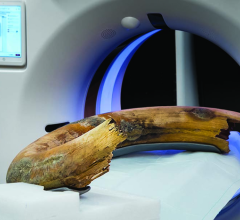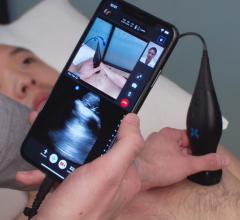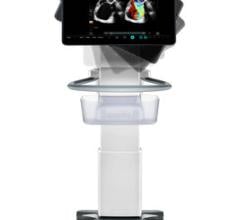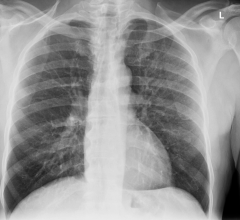We are at the Sunrise of 2021

Getty Images
We now are in our third week of the New Year, and our tenth month of social distancing and following various state mandates. Soon, we will have completed a full year of thevirtual trade showcycle. Will events — and life — go back to the way it was, or has a “new normal” been created? In this issue’sParting Thoughtscolumn, Contributing EditorJef Williamsdiscusses the changes we have experienced that caused aradical shiftand set the stage for redefining what is possible moving forward.
Take for instancetelehealth. Historically, its adoption has been slow. But when patients and physicians found out how convenient it could be, we saw that original resistance start to shift. As Williams states in his column, “It often takes significant force to exact change.” In December, I had the opportunity to discuss telehealth withEric Liederman, M.D., M.Ph., director of medical informatics forThe Permanente Medical Group, in Kaiser Permanente’s Northern California Region. He shared that a major change in telehealth occurred last March when theCenters for Medicare and Medicaid Services(CMS) issued a waiver that temporarily allowed reimbursement for video and telephone visits on a fee-for-service basis. CMS also issued a statement of forbearance of prosecutions around HIPAA violations, surrounding use of non-commercial grade, non-healthcare grade modalities for video care.
“So, they basically said we’ll pay you and you can essentially use any means that you want to do video care, such as using FaceTime or Zoom,” explained Liederman. “Before that, there was very little video care going on and telephone care was generally limited to follow-ups after scheduled visits or test results. With COVID, the use of telephone and video visits grew exponentially because we needed a way to continue to care for our patients in a safe and effective way.” You can read the full interview with Dr. Liedermanhere.
我们看到了2021年前进的曙光。CNN报告称,超过900万美国人已经接种了第一剂冠状病毒疫苗,但根据美国疾病控制与预防中心的数据,截至1月13日,已经分发了2700多万剂疫苗。Also on Jan. 13, the Trump administration reversed course on its vaccine policy, and instructed states to beginvaccinatingall Americans 65 and older, and release the second doses in reserve to make the vaccine more widely administered. While good in theory, this also runs the risk of depleting resources that are necessary for full vaccination. Both Pfizer/BioNTech and Moderna’s vaccines require two rounds of injection. COVID’s current toll at press time: 22,848,707 U.S. cases reported, 380,821 U.S. deaths.
It’s now time to apply lessons learned from 2020 in order tomove forward into 2021.


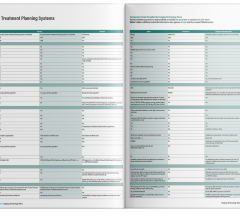
 August 12, 2022
August 12, 2022

